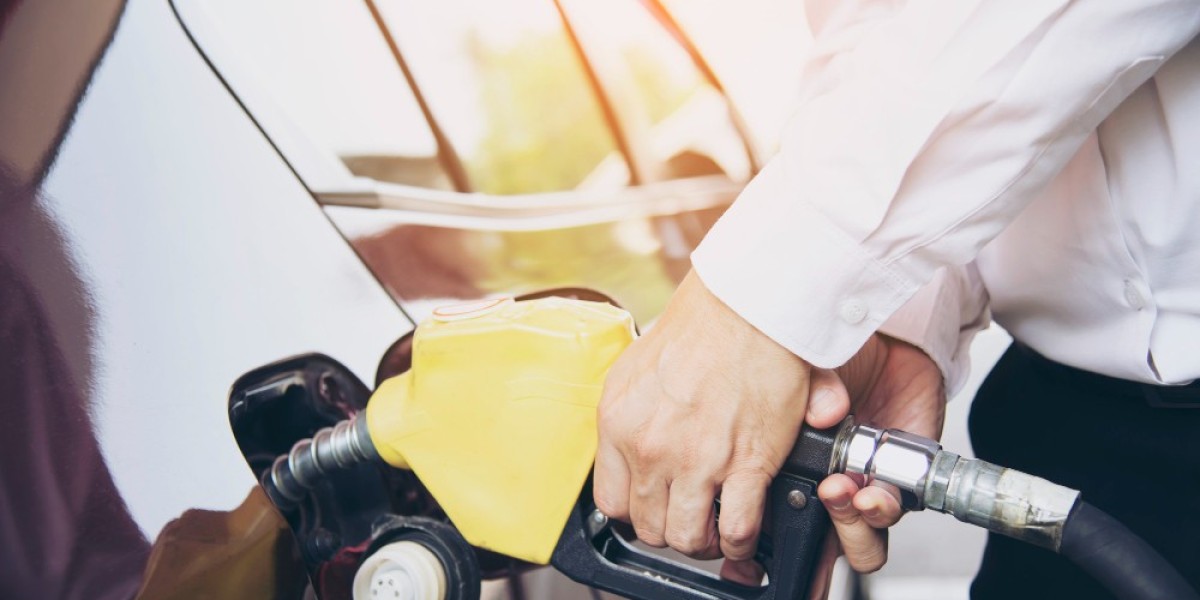When it comes to internal combustion engines, jet engines, or industrial burners, one small component plays a disproportionately large role: the fuel nozzle. This precision-engineered part is responsible for delivering fuel into the combustion chamber in a controlled and efficient manner. In this blog, we'll explore the function, types, design considerations, and common applications of fuel nozzles.
What Is a Fuel Nozzle?
A fuel nozzle is a device that atomizes fuel into a fine spray and injects it into the combustion chamber. This process is crucial for ensuring that the fuel mixes effectively with air, enabling complete combustion. Efficient fuel atomization results in improved engine performance, enhanced fuel economy, and lower emissions.
How Fuel Nozzles Work
Fuel nozzles operate by forcing liquid fuel through a small orifice at high pressure. This results in the fuel breaking up into tiny droplets—a process known as atomization. The design of the nozzle, including the shape of the orifice and the internal flow passages, determines the spray pattern, droplet size, and flow rate.
The main parameters that affect nozzle performance include:
Spray angle
Fuel flow rate
Droplet size distribution
Pattern uniformity
Each application may demand a unique combination of these characteristics.
Types of Fuel Nozzles
Fuel nozzles vary based on application, fuel type, and engine design. Here are some common types:
1. Pressure-Swirl Nozzles
These nozzles create a fine mist by introducing a swirling motion to the fuel before it exits the orifice. They are widely used in gas turbines and jet engines.
2. Airblast Nozzles
Used in applications requiring very fine atomization, airblast nozzles mix compressed air with fuel before injection. They’re common in aircraft engines and industrial burners.
3. Simplex and Duplex Nozzles
Simplex nozzles have a single fuel passage and are used in less demanding systems.
Duplex nozzles feature primary and secondary fuel passages, allowing for variable flow rates and improved performance under varying load conditions.
4. Direct Injection Nozzles
In modern automotive engines, particularly diesel and gasoline direct injection (GDI) systems, high-pressure nozzles inject fuel directly into the combustion chamber for better power and efficiency.
Key Design Considerations
Designing a fuel nozzle requires careful attention to:
Material selection: Must withstand high temperatures, pressures, and corrosive fuels.
Flow dynamics: To ensure uniform spray and proper atomization.
Maintenance and fouling: Nozzles must resist clogging and be easy to clean or replace.
In aviation and high-performance industries, computational fluid dynamics (CFD) and precision machining are employed to design highly optimized nozzle geometries.
Applications of Fuel Nozzles
Fuel nozzles are integral to many systems, including:
Aerospace: Jet engines rely on nozzles for precise fuel-air mixing and efficient thrust generation.
Automotive: Internal combustion engines depend on fuel injectors for responsive and clean operation.
Power generation: Gas turbines in power plants use fuel nozzles to manage combustion.
Industrial burners: In kilns, furnaces, and boilers, nozzles regulate fuel delivery to control flame characteristics and heat output.
Challenges and Innovations
Modern fuel nozzles are evolving to meet stringent emission regulations and fuel efficiency demands. Challenges include:
Minimizing carbon buildup
Ensuring longevity under thermal stress
Adapting to alternative fuels like hydrogen, biofuels, or synthetic fuels
Additive manufacturing (3D printing) is also revolutionizing nozzle production by enabling complex internal geometries that were previously impossible to machine.
Conclusion
Though often overlooked, the fuel nozzle is a critical component that ensures reliable and efficient engine operation across industries. As technology advances, so too does the design and function of these tiny yet vital parts. Whether you're flying at 35,000 feet or driving your car to work, chances are a fuel nozzle is playing a key role in powering your journey.







